Surface Treatment Technologies Enhance the Durability of High Back Dining Room Chairs
 Feb 26,2025
Feb 26,2025

 Topmax Furniture
Topmax Furniture
The Science of Surface Protection
Balancing Aesthetics and Functionality
Sustainability and Long-Term Value
The Future of Surface Innovation
High back dining room chairs have long been a symbol of elegance and sophistication, gracing formal dining spaces, luxury restaurants, and upscale homes with their stately presence. Characterized by their towering backrests and often intricate designs, these chairs are not merely functional seating solutions but centerpieces that define the aesthetic and ambiance of a room. However, their elaborate structures and frequent use in high-traffic environments make them particularly vulnerable to wear and tear. Scratches, stains, fading, and material degradation can diminish their beauty and longevity, turning what was once a statement piece into a liability. This is where advanced surface treatment technologies come into play, offering innovative solutions to preserve and enhance the durability of high back dining room chairs without compromising their visual appeal.
The marriage of craftsmanship and modern science has revolutionized how these chairs are designed, finished, and maintained. From protective coatings that repel spills to antimicrobial treatments that safeguard hygiene, surface treatments are no longer afterthoughts but integral components of the manufacturing process. These technologies address the unique challenges posed by high back fabric dining chairs—their expansive surfaces, intricate carvings, and the materials they are made from, whether wood, metal, or upholstery. By creating barriers against environmental stressors and daily abuse, they ensure that these chairs remain as resilient as they are regal. This article explores the cutting-edge surface treatments that are redefining durability in the world of high back fabric dining chairs, examining their applications, benefits, and the science behind their effectiveness.
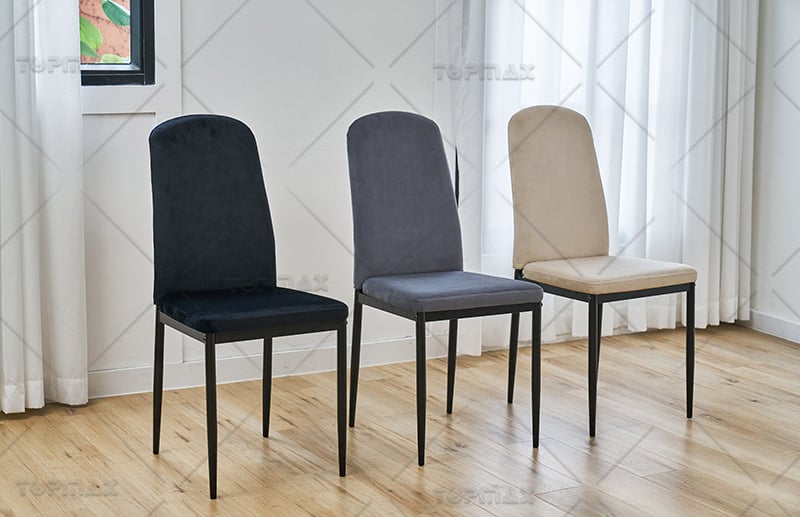
The Science of Surface Protection
At the heart of durability lies the interaction between a chair's material and its environment. Wood, for instance, is prone to swelling in humidity, while metal may corrode when exposed to moisture. Fabric upholstery, though luxurious, can fall victim to spills and microbial growth. Surface treatments act as a shield, altering the material’s outer layer to resist these threats. For wooden high back fabric dining chairs, techniques such as UV-cured lacquering or catalyzed varnishes create a hard, transparent barrier that locks out moisture and blocks harmful ultraviolet rays. These finishes penetrate the wood’s pores, fortifying it from within while highlighting its natural grain. The result is a surface that resists warping, cracking, and discoloration even in sunlit dining rooms or humid climates.
Metal components, often used in chair frames or decorative accents, benefit equally from advanced treatments. Electroplating, for example, coats iron or steel with layers of chromium or zinc, preventing rust and adding a lustrous finish. Powder coating, a dry finishing process, applies a polymer resin that bonds to the metal when baked, creating a seamless, chip-resistant layer available in endless colors and textures. This is particularly valuable for chairs with ornate metalwork, where maintaining sharp details and preventing corrosion around crevices is critical.
Upholstered high back fabric dining chairs present their own challenges. Fabrics must withstand frequent contact, spills, and cleaning agents. Here, nanotechnology has emerged as a game-changer. Fabrics treated with fluorocarbon-based solutions repel liquids at a molecular level, causing spills to bead up rather than seep in. Antimicrobial coatings infused with silver ions or natural enzymes inhibit the growth of bacteria and odors, ideal for chairs in homes with children or commercial settings. Even leather, a classic choice for high back designs, is now treated with nano-conditioners that prevent drying and cracking while enhancing water resistance.
Balancing Aesthetics and Functionality
A common misconception is that protective treatments sacrifice visual appeal for practicality. Modern advancements, however, have blurred this line. Take the example of distressed or antiqued finishes on wooden high back fabric dining chairs. Techniques like fuming (exposing wood to ammonia vapors) or cerusing (rubbing pigment into the grain) not only create rich, vintage patinas but also stabilize the wood’s structure. Similarly, translucent anodized finishes on aluminum frames offer a metallic sheen while forming a corrosion-resistant oxide layer. Even upholstery treatments can enhance aesthetics: hydrophobic fabrics often have a subtle, luxurious sheen, and dyed leathers treated with UV inhibitors retain their depth of color for decades.
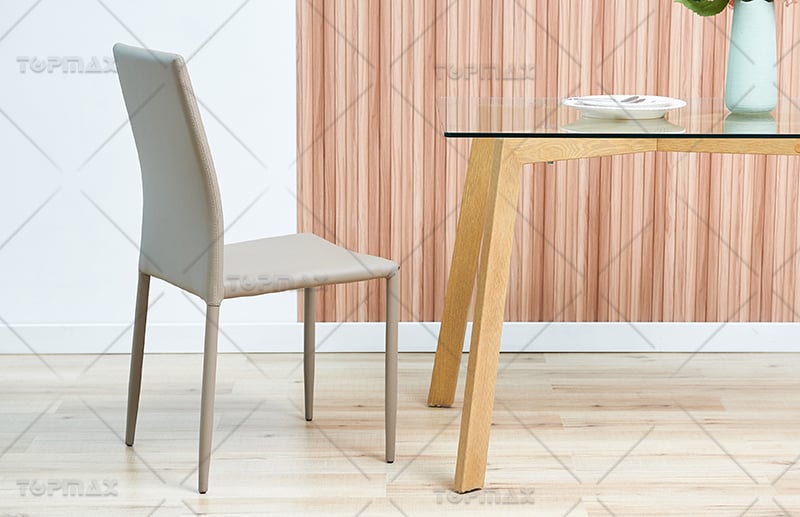
The intricacy of high back designs demands precision in application. Carved details, tufted upholstery, and turned legs require treatments that conform to every contour without clogging fine grooves or stiffening flexible materials. Spray-on nano-coatings, for instance, can evenly cover complex shapes, while hand-applied oils preserve the tactile warmth of wooden carvings. For upholstery, automated immersion treatments ensure that every thread of fabric—even in hard-to-reach crevices—is uniformly protected.
Sustainability and Long-Term Value
In an era where sustainability is paramount, surface treatments also contribute to the lifecycle of high back dining room chairs. By extending a chair’s lifespan, they reduce the need for replacements and minimize waste. Water-based finishes and low-VOC (volatile organic compound) coatings align with eco-friendly manufacturing practices, appealing to environmentally conscious consumers. Moreover, chairs treated for durability often require less aggressive cleaning, lowering the use of harsh chemicals.
Commercial buyers, such as hotels and restaurants, particularly benefit from these advancements. The high back fabric dining chairs in a bustling hotel lobby, subjected to constant use, can maintain its pristine appearance for years with the right treatments. This translates to lower maintenance costs and a stronger return on investment. For residential users, the assurance that a cherished heirloom-quality chair will endure spills, pets, and daily life adds immeasurable value.
The Future of Surface Innovation
Emerging technologies promise to push the boundaries further. Self-healing coatings, which repair minor scratches through heat or light activation, are being tested for wood and leather surfaces. Photocatalytic treatments, using titanium dioxide nanoparticles, break down organic stains and odors when exposed to light, effectively making the chair “clean itself.” For metal components, graphene-based coatings—ultra-thin yet incredibly strong—could revolutionize scratch and corrosion resistance.
Even smart textiles are entering the fray. Imagine upholstery embedded with sensors that detect spills and trigger a built-in hydrophobic response, or fabrics that change color to match seasonal décor while remaining stain-resistant. Such innovations could redefine high back fabric dining chairs as dynamic, adaptive pieces rather than static furniture.

The evolution of surface treatment technologies has transformed high back dining room chairs from fragile showpieces into resilient works of art. By addressing the vulnerabilities inherent in their design and materials, these treatments ensure that the chairs’ grandeur endures the test of time and use. Whether through a whisper-thin nanocoat that repels wine stains on velvet or a catalyzed varnish that preserves centuries-old woodworking techniques, the fusion of tradition and innovation is clear.
For designers, manufacturers, and consumers, this represents more than just technical progress—it’s a reimagining of what furniture can be. A high back dining room chair is no longer a passive object but an interactive testament to human ingenuity, where every surface tells a story of protection, preservation, and timeless beauty. As these technologies continue to advance, they promise to elevate not only the durability of our furniture but also our expectations of how luxury and practicality can coexist in perfect harmony.
 Inquire Now
Inquire Now



 Home
Home How Metal Frames Strengthen the Load - Bearing Capacity of Dining Seats
How Metal Frames Strengthen the Load - Bearing Capacity of Dining Seats  You May Also Like
You May Also Like 

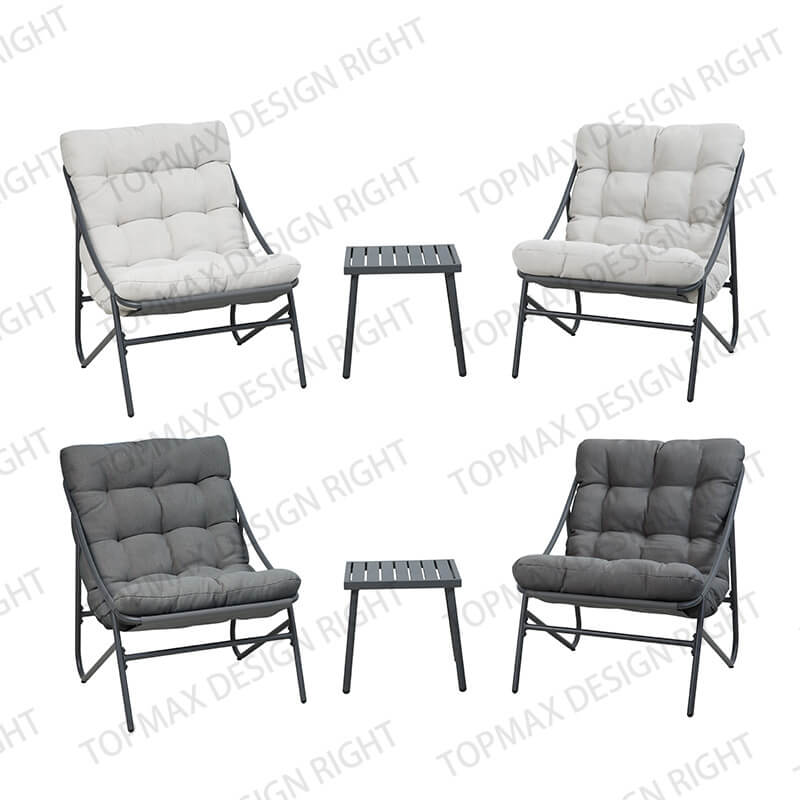
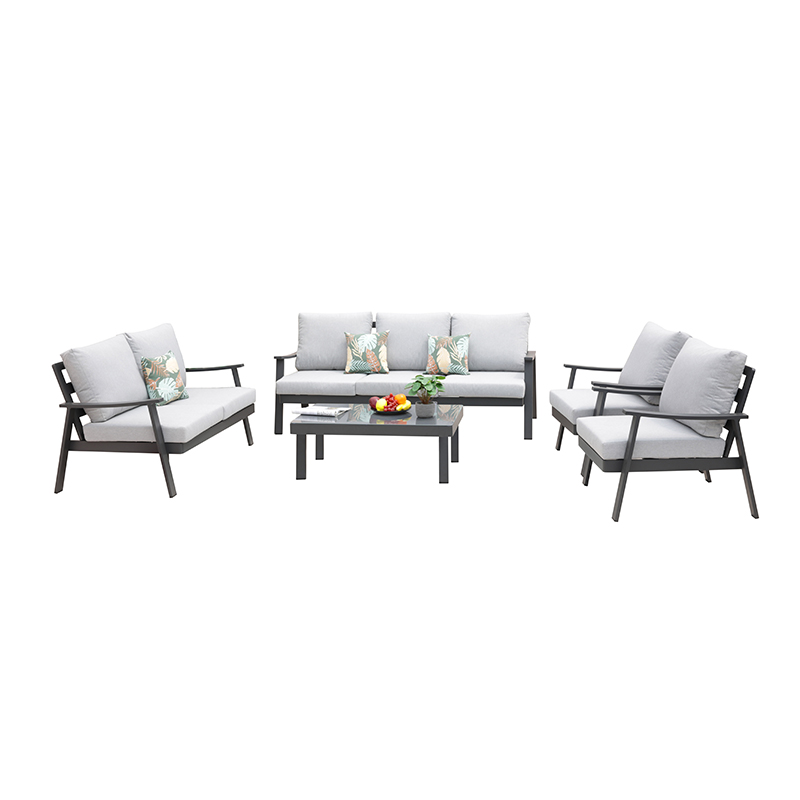

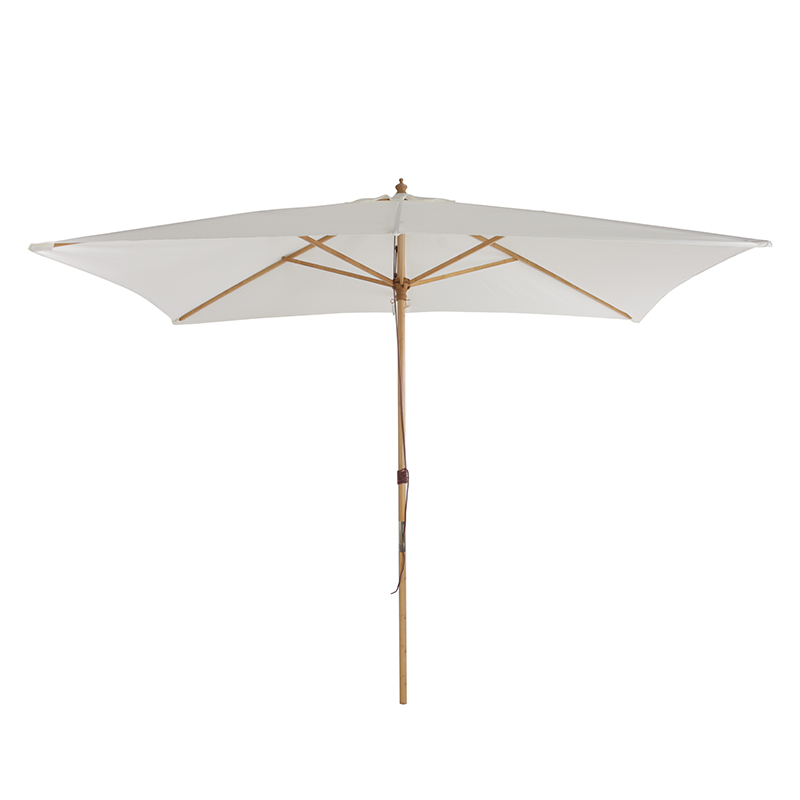
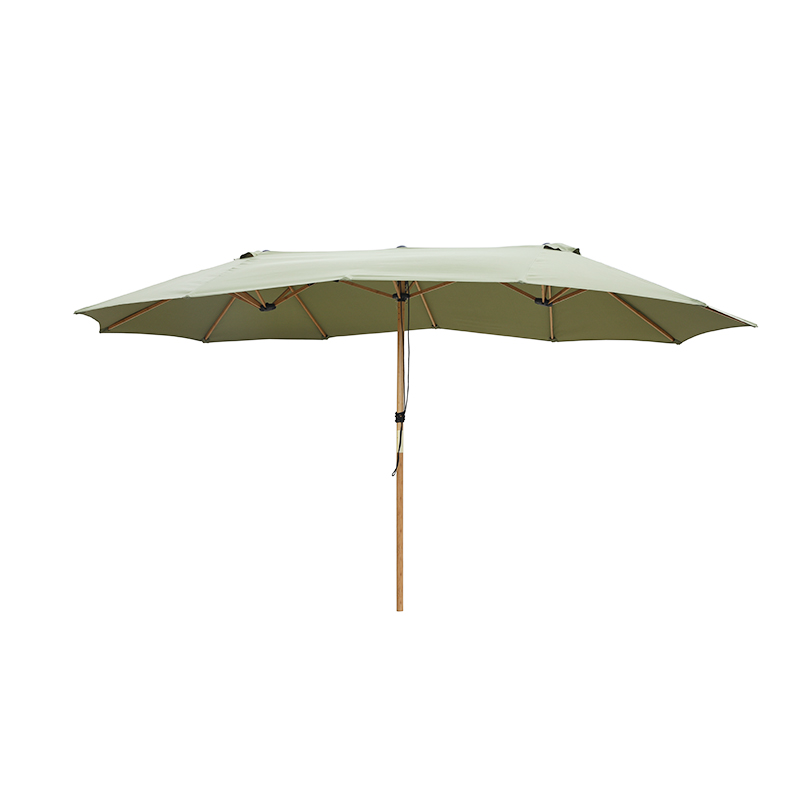

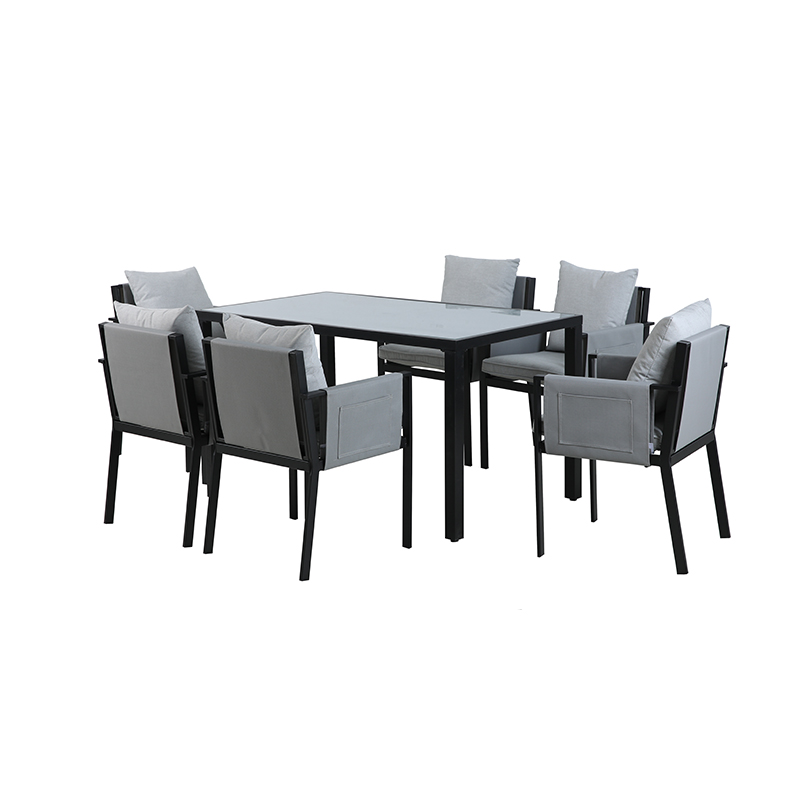
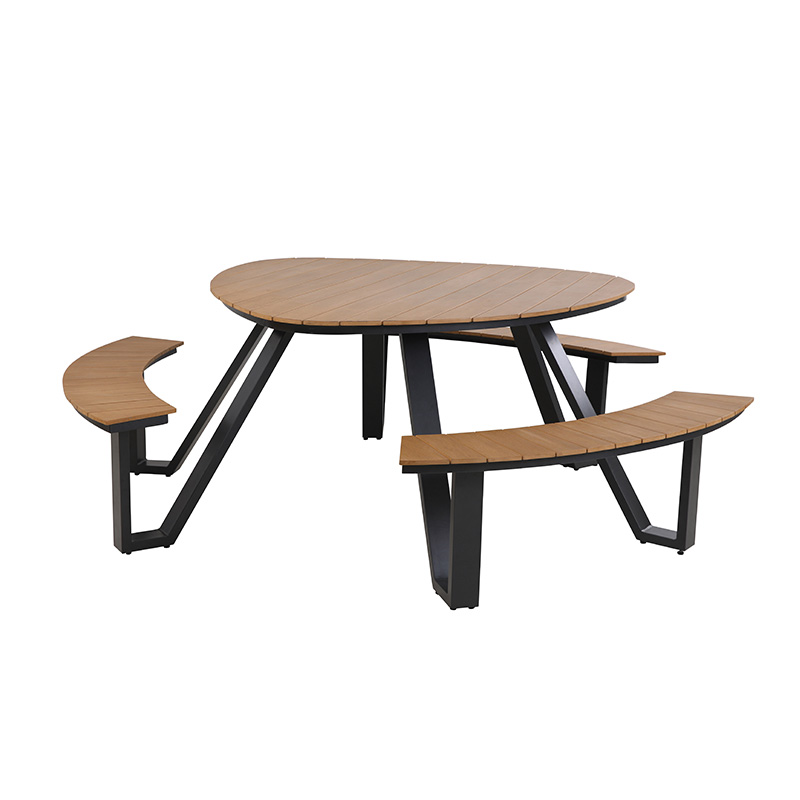
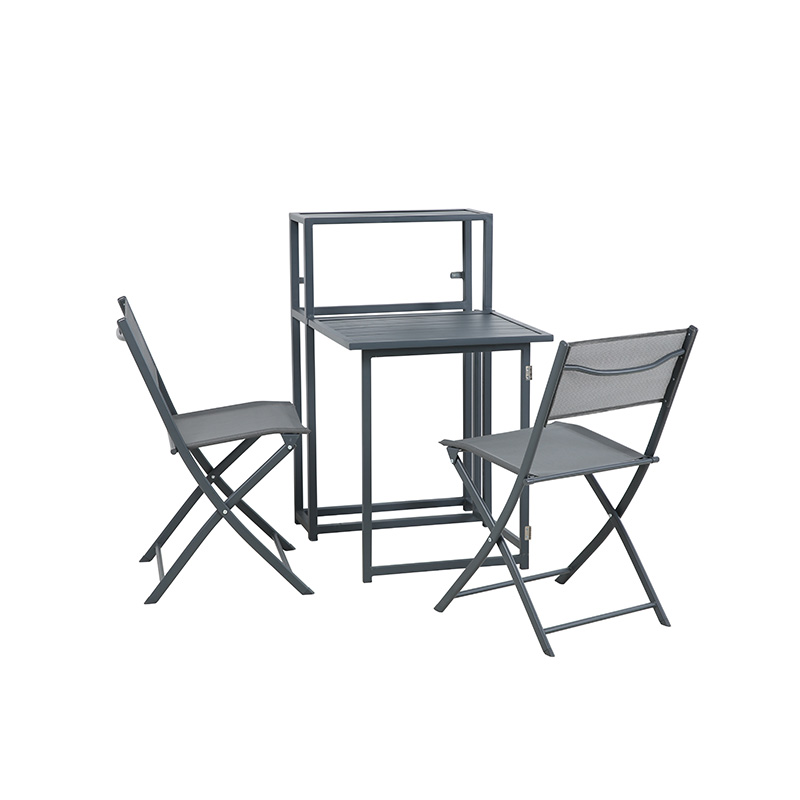
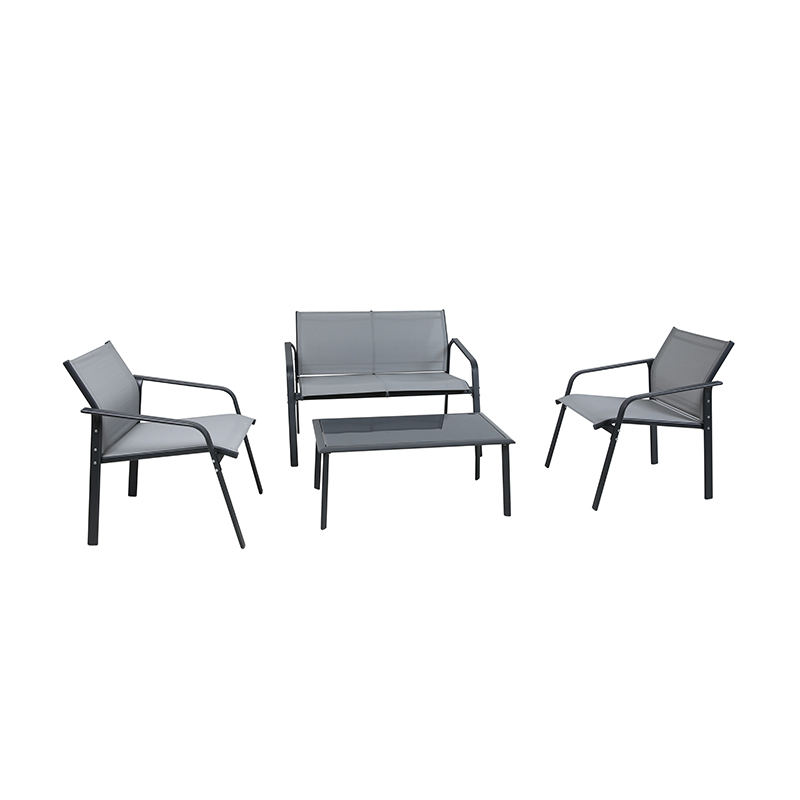
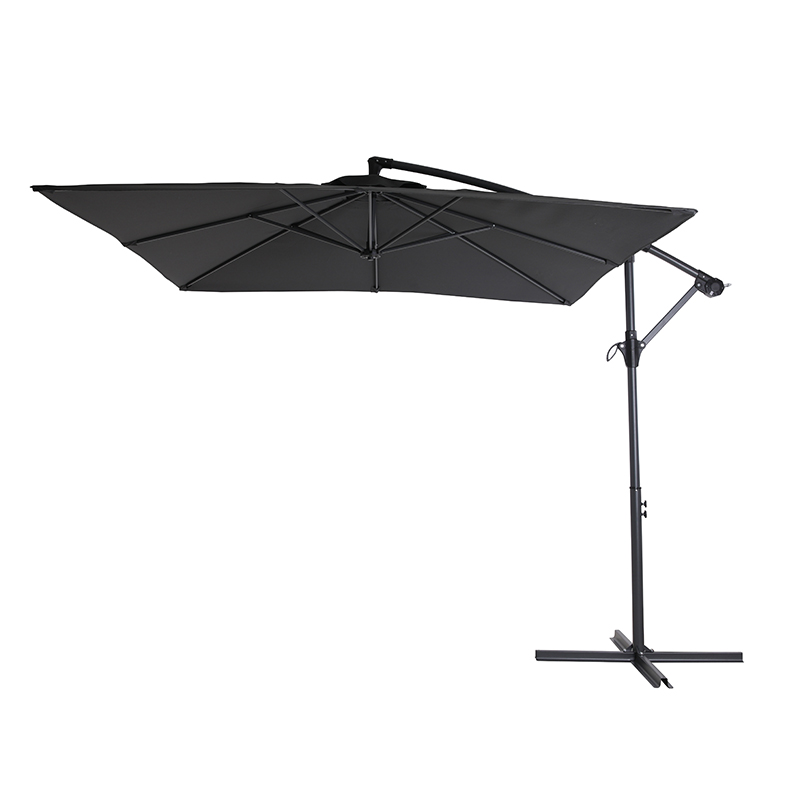

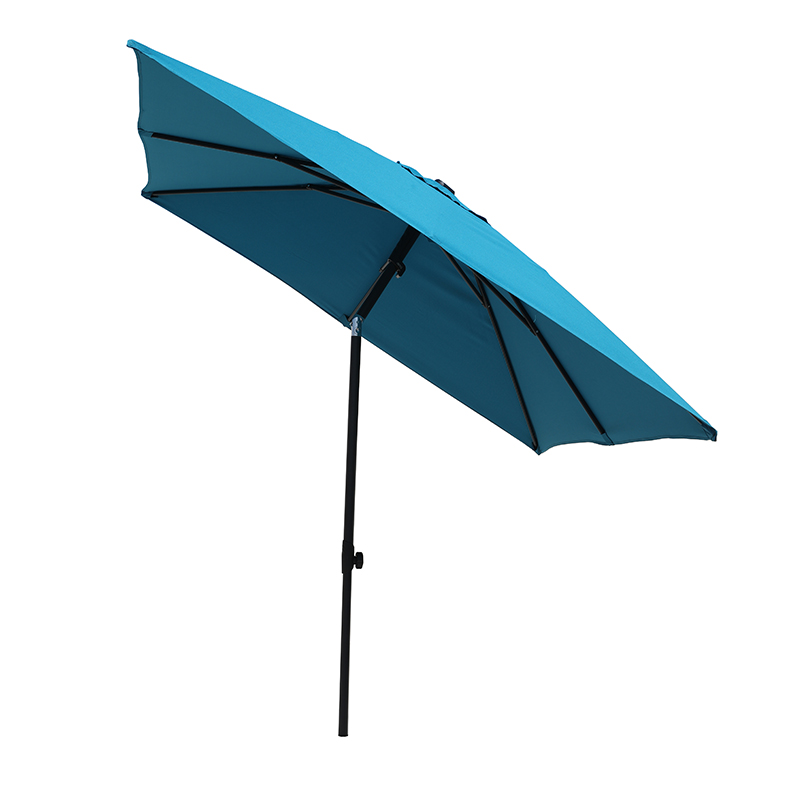
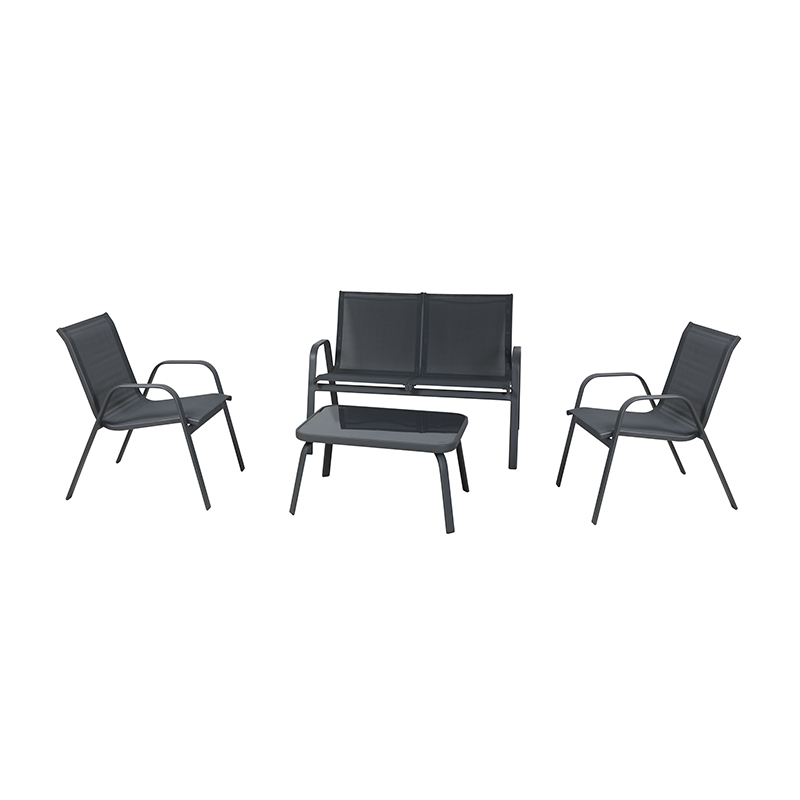
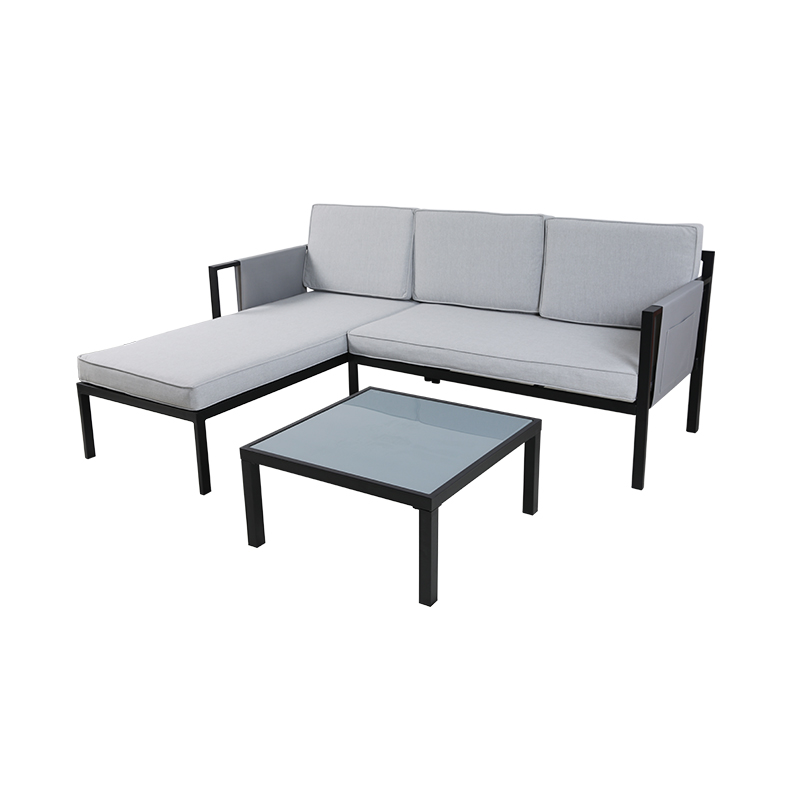
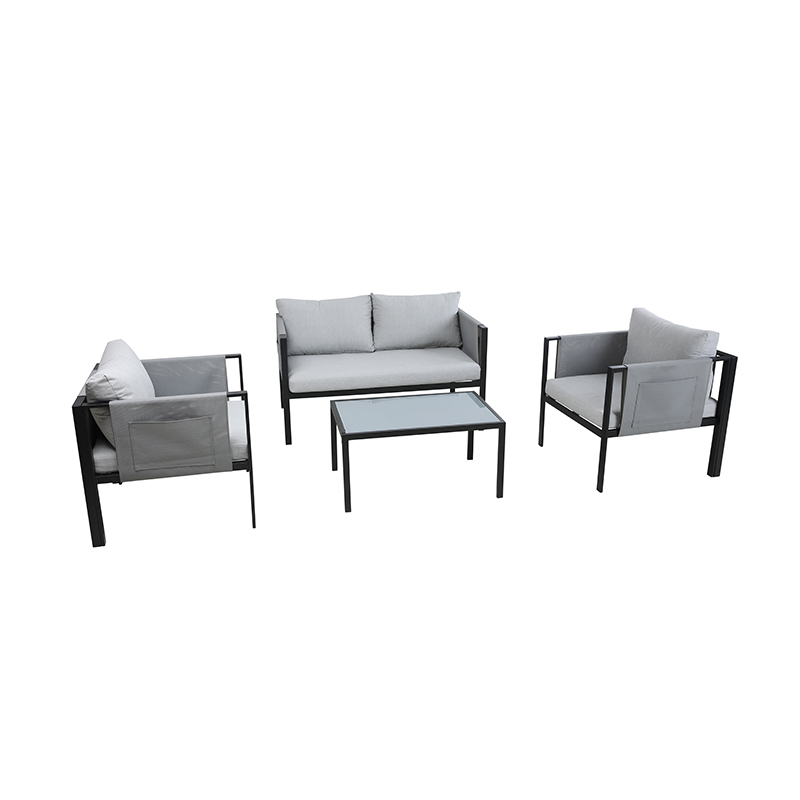

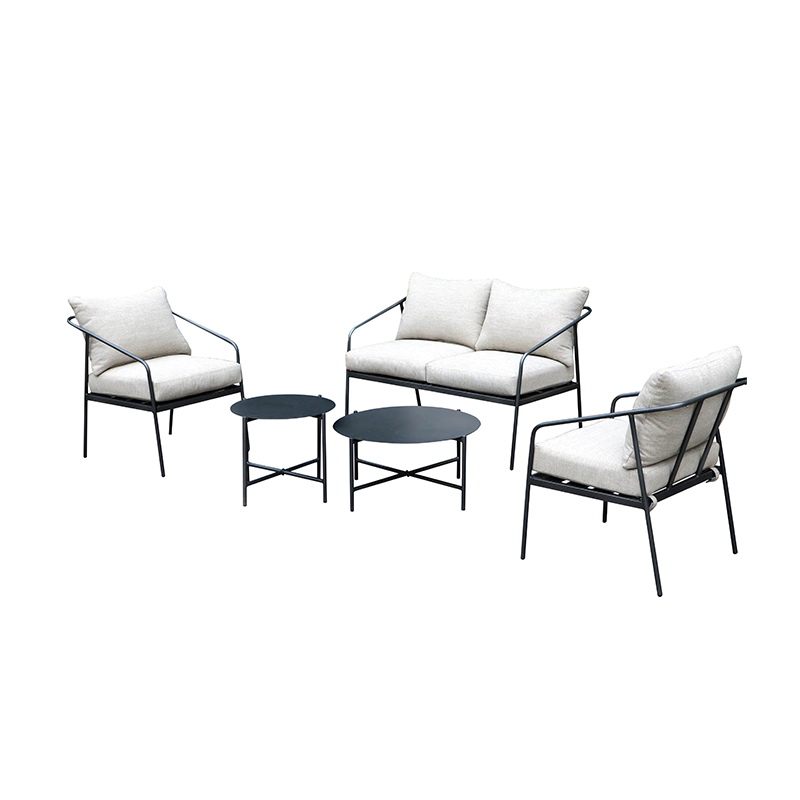
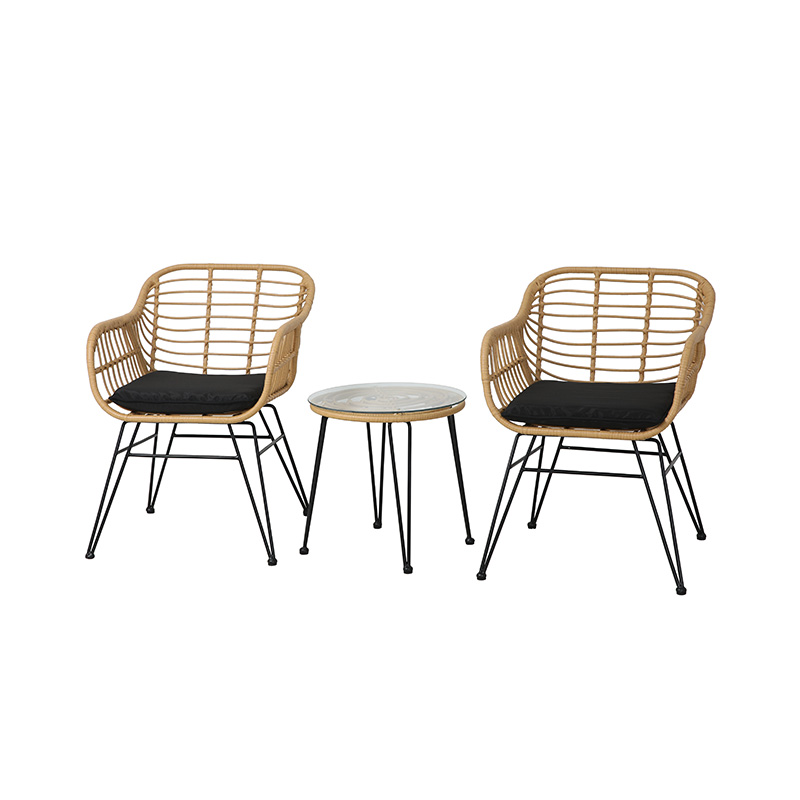

 Tel
Tel  Email
Email  ADDRESS
ADDRESS 














